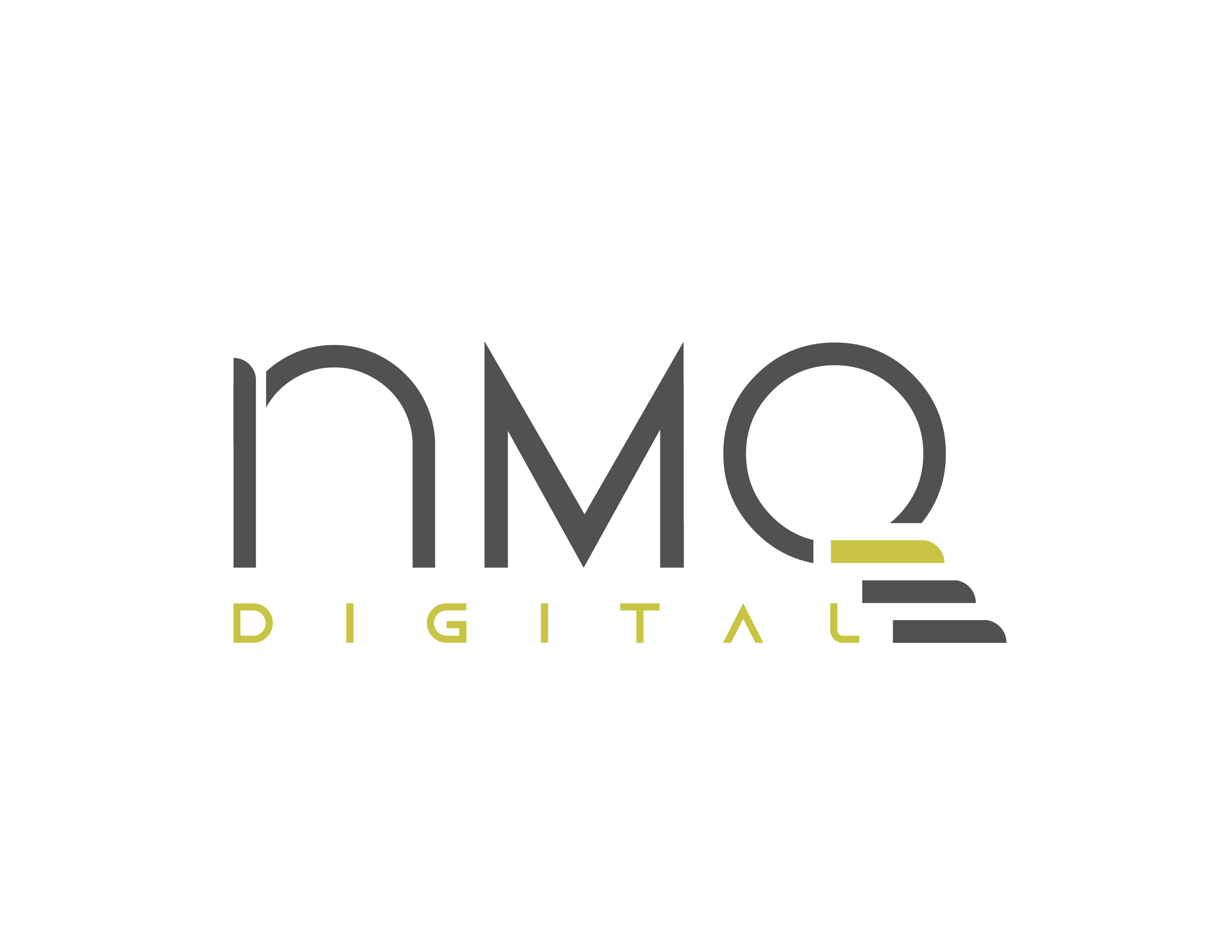In today's fast-paced and digitally driven world, capturing the attention of consumers has become an increasingly daunting task for marketers. Amidst the noise and constant barrage of advertisements, storytelling has emerged as a powerful tool to break through the clutter and establish meaningful connections with the audience. In this blog post, we will explore;
- What is storytelling?
- Why is it important for marketing?
- How to create successful storytelling?
- Samples from real life
What is Storytelling?
Storytelling is the art of conveying a narrative or a sequence of events through words, visuals, or other mediums with the purpose of engaging, entertaining, or educating an audience. It is a fundamental means of communication that has been used by humans for thousands of years to share experiences, pass down cultural heritage, and evoke emotions.
At its core, storytelling involves the creation and delivery of a compelling story that captivates and resonates with the listeners or viewers. A story typically includes characters, a setting, a plot, and a conflict or challenge that the characters must overcome. Through the narrative, storytellers can convey messages, values, and lessons while eliciting emotions and triggering the imagination of the audience.
Storytelling takes various forms and mediums, including oral storytelling, written literature, films, theater, music, visual arts, and digital media. It has the power to transport individuals to different worlds, invoke empathy, provoke thought, and inspire action.
In marketing, storytelling is employed as a strategic approach to communicate brand messages, engage consumers, and create meaningful connections. By using narratives that resonate with their target audience, marketers can establish an emotional bond, differentiate their brand, and ultimately drive desired actions.
Overall, storytelling is a powerful and universal means of communication that allows individuals and brands to share experiences, ideas, and values, leaving a lasting impact on the hearts and minds of the audience.
Why is Storytelling Important for Marketing?
Storytelling is vital for marketing because it allows brands to connect with their audience on an emotional level, creating a memorable and engaging experience that fosters brand loyalty and drives consumer engagement. By weaving narratives into their marketing efforts, brands can differentiate themselves from competitors, humanize their products or services, and effectively communicate their values, ultimately influencing consumer perceptions and building a strong brand identity.
Here are some ways in which storytelling can help marketing:
- Creating A Human Connection: At the heart of effective marketing lies the ability to forge a deep emotional connection with consumers. Storytelling taps into our innate love for narratives, allowing brands to convey their message in a relatable and memorable manner. By crafting compelling stories, marketers can evoke emotions, capture attention, and establish a lasting bond with their audience.
- Differentiation and Brand Identity: In a crowded marketplace, standing out from the competition is crucial. Storytelling enables brands to differentiate themselves by showcasing their unique values, vision, and personality. Through narratives, marketers can humanize their brand, infuse it with authenticity, and create a distinct identity that resonates with consumers. By telling stories that align with their target audience's aspirations and beliefs, brands can foster loyalty and advocacy.
- Creating Memorable Experiences: In an era of information overload, consumers are bombarded with an endless stream of content. To make a lasting impression, marketers need to go beyond mere information dissemination. Storytelling provides an opportunity to engage audiences on a deeper level, transforming marketing messages into immersive experiences. By crafting narratives that captivate, surprise, and entertain, brands can leave a lasting impact and increase brand recall.
- Overcoming Resistance to Marketing: Traditional advertising often faces skepticism and resistance from consumers who are weary of blatant sales pitches. Storytelling, on the other hand, provides a subtler and more engaging approach to marketing. By using narratives to convey key messages, marketers can bypass initial resistance, build trust, and create a receptive environment for their brand. Stories allow consumers to see themselves as active participants, forging a connection that transcends the transactional.
- Inspiring Action and Driving Results: The ultimate goal of marketing is to drive action and achieve desired outcomes. Storytelling has the power to inspire action like no other technique. By tapping into the emotions, values, and aspirations of their audience, marketers can motivate consumers to take the desired steps—whether it's making a purchase, subscribing to a service, or spreading the word. Stories that resonate can influence behavior and drive meaningful results for businesses.
How to Create Successful Storytelling?
Creating a successful storytelling experience involves several key elements and considerations. Here are some steps to help you craft a compelling and effective story:
- Define Your Purpose: Clearly understand the purpose of your story. Are you aiming to entertain, educate, inspire, or persuade? Identifying the objective will guide your storytelling approach and help you tailor your message accordingly.
- Know Your Audience: Understand who your audience is, their interests, values, and aspirations. This knowledge will help you create a story that resonates with them and speaks to their needs and desires. Consider their demographics, psychographics, and any specific challenges or motivations they may have.
- Develop a Central Theme: Determine the core message or theme that you want your story to convey. This overarching theme will provide focus and coherence to your narrative. It should be relatable, compelling, and aligned with your audience's interests and aspirations.
- Craft Engaging Characters: Create well-developed characters that your audience can connect with. Characters should be relatable, with clear goals, motivations, and conflicts. Give them depth and personality, allowing your audience to emotionally invest in their journey.
- Structure Your Story: Establish a clear structure for your story. This typically includes an introduction that sets the stage, a rising action that builds tension and conflict, a climax where the conflict reaches its peak, and a resolution or conclusion that brings closure. Maintain a logical flow and ensure that each element serves the purpose of your story.
- Use Emotional Appeal: Emotions are key to engaging storytelling. Incorporate emotional elements such as empathy, humor, suspense, or inspiration to evoke an emotional response from your audience. Connect your story to the emotions and values of your audience to create a lasting impact.
- Create Visual and Sensory Appeal: Engage your audience's senses by using vivid descriptions, imagery, and sensory details. Paint a visual picture that allows your audience to immerse themselves in the story. This helps make the story more memorable and engaging.
- Incorporate Conflict and Resolution: Conflict is essential to drive the narrative forward and create tension. Introduce obstacles or challenges that your characters must overcome to achieve their goals. Show the transformation and growth that occur through the resolution of these conflicts, providing a satisfying conclusion to your story.
- Use Authenticity and Relatability: Authenticity is crucial for connecting with your audience. Share real-life experiences, genuine emotions, or relatable situations that resonate with your audience's own experiences. This fosters trust and makes your story more relatable and impactful.
- Practice and Refine: Practice delivering your story to ensure a smooth and engaging presentation. Consider the pacing, tone, and delivery style that aligns with your audience and objectives. Gather feedback and refine your storytelling approach based on the responses and reactions of your audience.
Remember, storytelling is a skill that develops with practice and experience. By understanding your audience, crafting a compelling narrative, and connecting on an emotional level, you can create a successful storytelling experience that captivates and leaves a lasting impression.
Samples From Real Life
To get more concrete, let us look at some samples from both sides, good and bad. As with all other marketing efforts, the success of storytelling depends on how well you understand your audience and their needs, how sensitive your messaging is, and so on.
Some successful storytelling samples
Here are a few examples of successful storytelling in different contexts:
- Coca-Cola's "Share a Coke"
Coca-Cola's "Share a Coke" campaign is a prime example of storytelling in marketing. The company replaced its logo on Coke bottles with popular names and phrases. By personalizing the product, Coca-Cola tapped into the power of storytelling to evoke emotions and encourage people to share their unique stories and connections with others. The campaign successfully created a sense of personalization, community, and nostalgia, fostering a deeper bond between consumers and the brand.
- Dove's "Real Beauty Sketches"
Dove's "Real Beauty Sketches" campaign aimed to challenge society's narrow definition of beauty and empower women. The campaign featured a forensic artist sketching women based on their own descriptions and then comparing those sketches to those drawn by strangers who had seen the women only briefly. The stark contrast between the two sketches highlighted the negative self-perception many women have. Through this emotional storytelling approach, Dove conveyed a powerful message about self-esteem and self-acceptance, resonating with a wide audience and sparking conversations. - Apple's "Think Different"
Apple's "Think Different" campaign, launched in the late 1990s, focused on the power of innovation, creativity, and individuality. Through their storytelling approach, Apple showcased iconic figures who had made a significant impact on society, emphasizing their unique perspectives and willingness to challenge the status quo. The campaign conveyed a powerful message about the brand's values and positioned Apple as a company that celebrated those who think differently. It not only resonated with Apple's target audience but also inspired people to embrace their individuality. - Water's "The Story of Charity
Water, a non-profit organization dedicated to providing clean water to communities in need, utilized storytelling to create awareness and inspire action. Through their interactive website and videos, they shared stories of individuals impacted by the lack of clean water, showcasing their struggles and the transformative effect of access to clean water. By highlighting personal narratives and the power of individual contributions, Water effectively engaged donors and created a sense of urgency around their cause.
These examples demonstrate the diverse ways in which storytelling can be employed to connect with an audience, convey a message, and inspire action. By tapping into emotions, personal experiences, and shared values, successful storytelling can leave a lasting impact and create a meaningful connection between the storyteller and the audience.
Some Bad Storytelling Samples
Now let's look at some samples with poor results;
- Pepsi’s "Live for Now"
In 2017, Pepsi released an ad featuring Kendall Jenner joining a protest and offering a can of Pepsi to a police officer, attempting to depict unity and social justice. The ad faced severe backlash for trivializing social movements and was criticized for being tone-deaf and insensitive. It resulted in widespread negative sentiment and a significant public relations crisis for the brand. - McDonald's "McDonald's Gives You Energy": In the 1980s, McDonald's launched a marketing campaign promoting their burgers as a source of energy for an active lifestyle. The campaign featured athletes and portrayed fast food as a healthy choice. However, the messaging contradicted nutritional concerns, and the brand faced criticism for promoting unhealthy eating habits. It ultimately led to a decline in consumer trust and a need for repositioning the brand as offering more balanced menu options.
- Volkswagen’s "Clean Diesel"
Volkswagen marketed its diesel vehicles as "clean" and environmentally friendly, highlighting low emissions and fuel efficiency. However, in 2015, it was revealed that the company had manipulated emissions tests, resulting in significantly higher pollution levels. This revelation severely damaged the brand's reputation, resulting in fines, lawsuits, and a loss of consumer trust.
These examples demonstrate the importance of carefully considering the messaging and implications of brand storytelling. When storytelling is misaligned with consumer values, lacks sensitivity, or promotes false claims, it can lead to detrimental consequences for a brand's reputation and trustworthiness.
In summary, in a world where consumers are inundated with countless marketing messages, the power of storytelling stands out as a formidable tool for marketers. By harnessing the art of storytelling, brands can create deeper connections, establish their unique identity, and inspire action. In the realm of marketing, where the attention of consumers is the most valuable currency, storytelling emerges as the secret ingredient that elevates brands above the noise and helps them forge lasting relationships with their audience.




